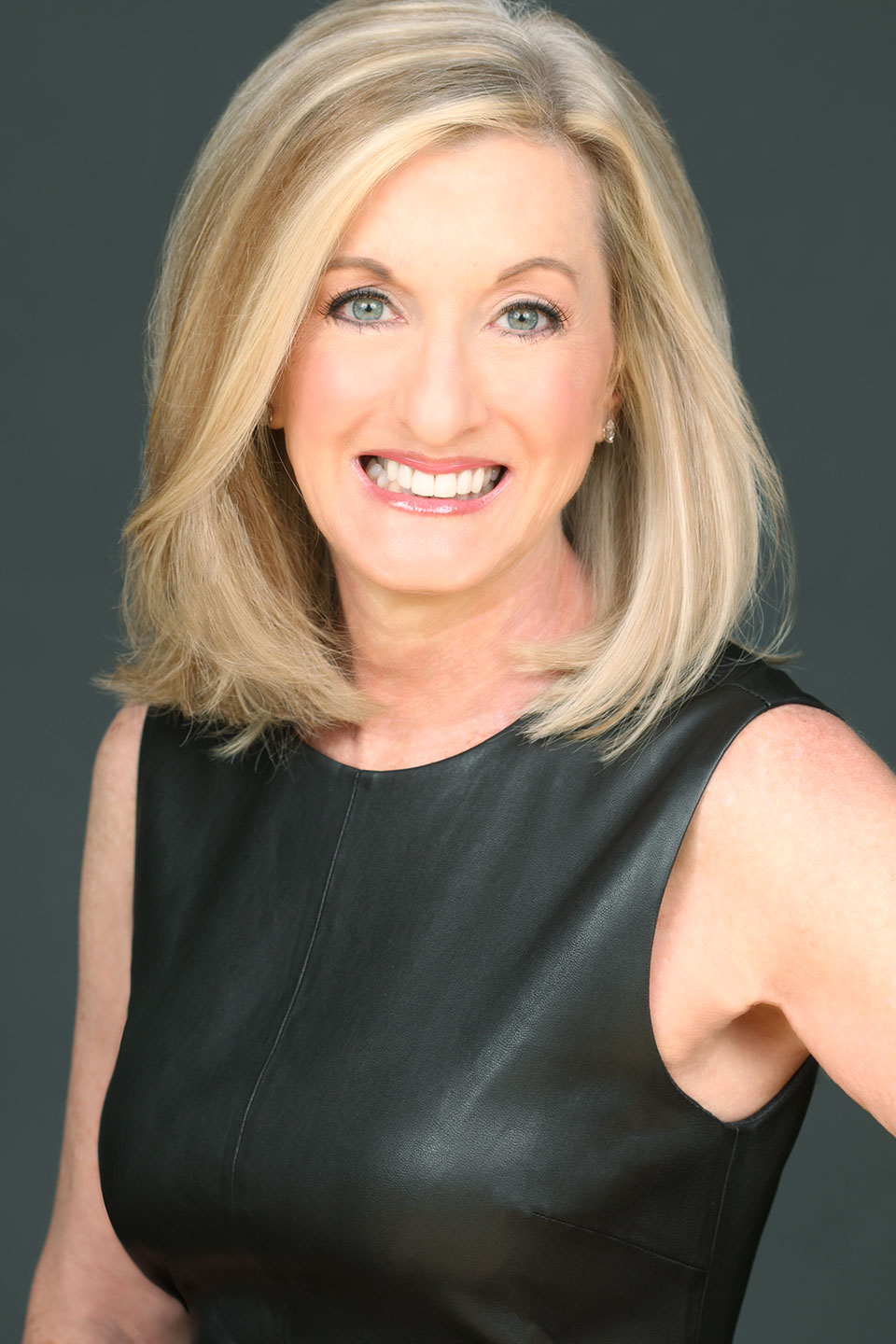The Middle Ground Between Milton Friedman and ESG Standards

Inflation, regulation, and supply chain shortages make it difficult for companies to compete while operating at the intersection of ESG and corporate stewardship. Sometimes, I visualize corporate board members playing the game Twister as they attempt to avoid collapse while managing rules which can have unintended consequences.
Milton Friedman’s essay, “The Social Responsibility of Business Is to Increase Its Profits,” continues to create debate and commentary throughout the public and private sectors. Friedman’s concern highlights the economic challenges “when political mechanisms…not market mechanisms…determine the allocation of scarce resources to alternative uses.”
Today, US companies brace themselves for the implementation of proposed SEC regulations creating even more stringent standards that include upstream and downstream disclosures in the value chain. Although Fortune 500 companies may have more flexibility to absorb costs, their supply chain partners – -many of whom are women and minority-owned businesses – are flummoxed as reporting burdens pass directly to them. It’s time to turnaround how we address society’s critical needs.
I spent much of my career building public-private partnerships. When policy proponents and industry come together to identify workable solutions, the very act of increasing shareholder value provides the boost to fix societal ills. But 534 pages of detailed regulations is the wrong approach and will lead to countless unintended consequences.
Here is one example where vision combined with flexibility brought both profits and public health results.
I ran the largest self-regulatory initiative on behalf of the food and beverage industry. Our board was comprised of 16 food and beverage company CEOs who represented 35% of the food sold in America. At a 2010 White House press event, we made a commitment to First Lady Michelle Obama’s Partnership for a Healthier America to help make the nation make healthier food choices. The Robert Wood Johnson Foundation agreed to serve as our independent, outside scientific evaluator.
Working closely with public health advisors, the company leaders looked at complex variables across their fundamentally different product lines and reviewed alternative approaches to make their products healthier. But what they realized in a moment of clarity was that there was one significant unifying factor. Calories. If we just focused on lowering calories, every company could reduce sugars and fats in a way that made sense for their foods and beverages.
We translated this insight into our big idea. The companies committed to reduce calories sold in the United States by 1.5 trillion. It changed the face of how each company fundamentally operated and engaged public in a dialogue about healthier eating.
When managing complex, seemingly insurmountable initiatives, there are three actions I find to be the most helpful:
First, acknowledge the good things done by your opponents or as my friend Hank Cardillo says, “Catch them doing something right.” Better yet, applaud them publicly. Offensive tactics may work occasionally, but positive reinforcement goes a long way towards keeping people consistently engaged when times are tough.
Second, recognize that most issues are too complicated for a “one size fits all” solution. As in the case cited above, consumer behavior is driven by many factors – childhood experiences, cultures, geographies, economics, health requirements, and obviously, their taste preferences. This means people don’t always react to a new product or idea the way we hope they will. What works for one won’t work for all.
Similarly, a regulation that is easy for one state or country to implement, may be expensive or technically difficult somewhere else. Focus on creating a flexible solution that works for everyone, everywhere. Identify the desired outcome and loosen up the controls on the “how to.”
In my work in the food and beverage field, industry and public health found ways to work together, but we were by no means holding hands and singing “kumbaya.” However, we focused on finding the positives in the conversation as opposed to the negatives. As a result, we all won. The food and beverage companies committed to reducing 1.5 trillion calories from the American diet over 5 years. We ultimately reduced 6.4 trillion calories 3 years in advance—driving 99% of sales with lower calorie products.
Public health officials saw industry embracing health and wellness as a competitive advantage and found common language for dialogue to solve problems. Today, the dialogue continues. Those same individuals are at the table discussing Food as Medicine at the Milken Institute, Google Food Labs, and the Nourish Movement. A multisectoral collaboration led by Dr. Dariush Mozaffarian helped drive the announcement of the first White House Commission on Food, Nutrition, Hunger and Health in 50 years.
No individual or company can be all things to all people. When companies execute ESG actions from a competitive advantage, they are more likely to embrace and achieve objectives quickly. Metrics improve when companies are given the flexibility to compete. However, timing, and technological advancement are also keys to success. The food and beverages companies competed on health and wellness at a time it became more valued by the consumer, and manufacturers met consumer requirements for taste, value, and convenience.
Our post-pandemic world is complex. There are no easy answers, but by working together, we can identify better ways to address important societal issues.
Written by Lisa Gable.
Have you read?
8 Entrepreneurship Rules For Great Companies According to LinkedIn’s Founder by Jacob Wolinsky.
How to maintain community connection in the new world of work by Fiona Logan.
People Management: Why Projects Big and Small Fail by Laura Dribin.
How to Elevate Customer Service by Design by Steve Curtin.
CEO Spotlight: Nafsika Antypas Brings Plant-Based Food and Entertainment Together.
Add CEOWORLD magazine to your Google News feed.
Follow CEOWORLD magazine headlines on: Google News, LinkedIn, Twitter, and Facebook.
Copyright 2024 The CEOWORLD magazine. All rights reserved. This material (and any extract from it) must not be copied, redistributed or placed on any website, without CEOWORLD magazine' prior written consent. For media queries, please contact: info@ceoworld.biz








